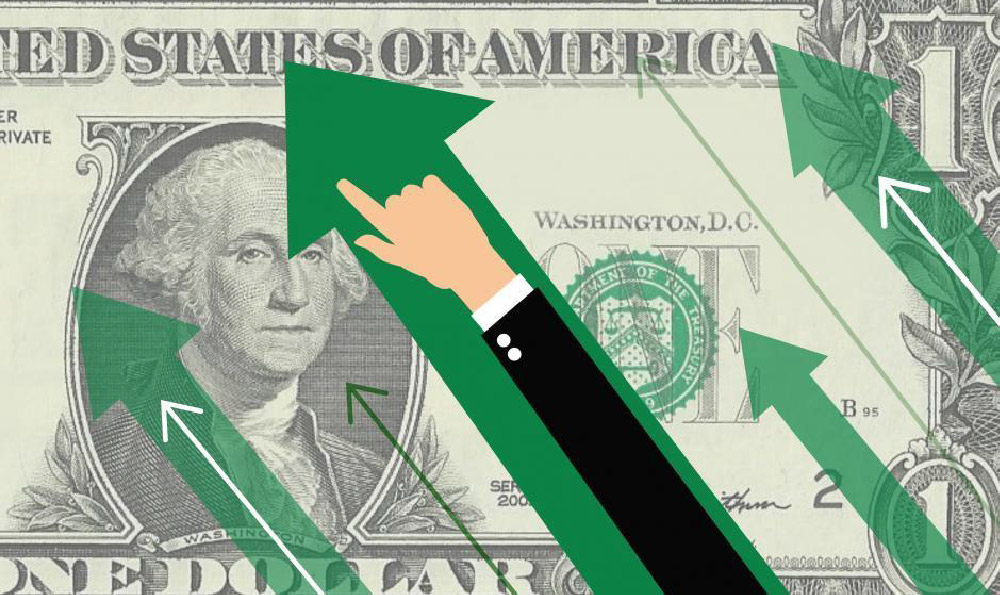
Record labels, the often-maligned yet consistently powerful entities within the music industry, operate on a multifaceted business model designed to generate revenue from a variety of sources. While the landscape has dramatically shifted with the rise of streaming and digital consumption, the core principles remain surprisingly consistent: identifying talent, developing artists, producing and distributing music, and then reaping the financial rewards. Understanding how they actually make money provides a crucial insight into the inner workings of the entire music ecosystem.
One of the most traditional, and still significant, revenue streams is derived from physical album sales. While vinyl has experienced a resurgence and remains a niche market with dedicated consumers, CDs have drastically declined in popularity. However, for major artists, physical album sales, particularly during initial release weeks, can still provide a considerable financial boost. Record labels negotiate agreements with retailers like Amazon, Target, and independent record stores to stock and sell their albums. The label receives a wholesale price for each album sold, which is then divided based on the agreed-upon artist royalty rate outlined in the artist's recording contract. The royalty rate represents the artist's share of the album revenue. These rates are heavily dependent on the artist's negotiating power, previous success, and the overall terms of the contract. Newer or less established artists typically receive lower royalty rates compared to superstar acts.
The digital revolution fundamentally altered the way music is consumed, and consequently, how record labels earn revenue. Streaming services like Spotify, Apple Music, Amazon Music, and YouTube Music are now the dominant forces in the industry. Record labels generate revenue from streaming through complex licensing agreements. Each time a song from their catalog is streamed, the label receives a royalty payment. However, the per-stream rates are notoriously low, often fractions of a penny. To compensate for this low per-stream rate, record labels focus on maximizing the volume of streams by promoting their artists and securing placement on popular playlists. The calculation of royalties from streaming is incredibly complicated, involving negotiations with streaming platforms, PROs (Performance Rights Organizations) like ASCAP, BMI, and SESAC, and mechanical rights organizations.

Another significant revenue source for record labels is digital downloads. Though downloads are less popular than streaming, platforms like iTunes and Amazon Music still offer digital tracks for purchase. The label receives a percentage of each download sale, again, after factoring in the artist royalty rate. While download revenue is declining, it still contributes to the overall financial picture, especially for catalog music.
Beyond the direct sale and streaming of music, record labels also capitalize on licensing opportunities. These licenses allow third parties to use the label's music in various contexts, such as movies, television shows, commercials, video games, and even ringtones (though the ringtone market has largely disappeared). Sync licensing, the licensing of music for synchronization with visual media, is a particularly lucrative area. The label negotiates the licensing fee based on the scope of use, the prominence of the song, and the overall budget of the production. Successful sync placements can significantly boost both revenue and artist exposure.
Record labels also derive revenue from performance royalties. Every time a song is played publicly, whether on the radio, in a bar, or at a concert venue, performance royalties are generated. These royalties are collected by Performance Rights Organizations (PROs) such as ASCAP, BMI, and SESAC. The PROs then distribute the royalties to the songwriters and publishers. While record labels aren't directly entitled to the songwriter's share, they often have affiliated publishing companies that control the publishing rights to the songs they release. This allows them to participate in the performance royalty revenue stream.
Merchandise sales also contribute to the revenue stream, especially for larger artists. Record labels often handle the production and distribution of merchandise, such as t-shirts, posters, and other branded items. These items are sold at concerts, online stores, and through various retail channels. The label takes a percentage of the merchandise revenue, which is often negotiated separately from the recording agreement.
Increasingly, record labels are expanding their roles into areas beyond traditional music production and distribution. Some labels have started offering management services to their artists, taking a percentage of their overall earnings from touring, endorsements, and other ventures. They may also invest in artist development programs, providing funding for marketing, promotion, and touring support. In these cases, the record label essentially acts as a more comprehensive business partner, sharing in a broader range of the artist's income streams.
Furthermore, the ownership of the masters, the original recordings of the songs, is a crucial asset for record labels. The label typically owns the copyright to the masters, granting them exclusive control over how the recordings are used and exploited. This allows them to continue generating revenue from the masters for decades, even after the initial release and promotional cycle. This long-term ownership is a key component of the record label's business model.
However, the cost of running a record label should be factored into this revenue. A significant amount of the revenue earned goes toward artist advances (upfront payments to artists that are recouped from future earnings), recording costs, marketing and promotion expenses, legal fees, and administrative overhead. The profitability of a record label depends on its ability to effectively manage these costs while maximizing revenue streams.
In conclusion, record labels operate on a diverse array of revenue streams, adapting to the evolving music landscape. From traditional physical sales and licensing agreements to digital streaming and merchandise sales, labels constantly seek innovative ways to generate revenue from their artists' music. While the dynamics of the industry continue to shift, understanding these revenue streams is essential for anyone looking to navigate the complex world of music and its financial underpinnings.





